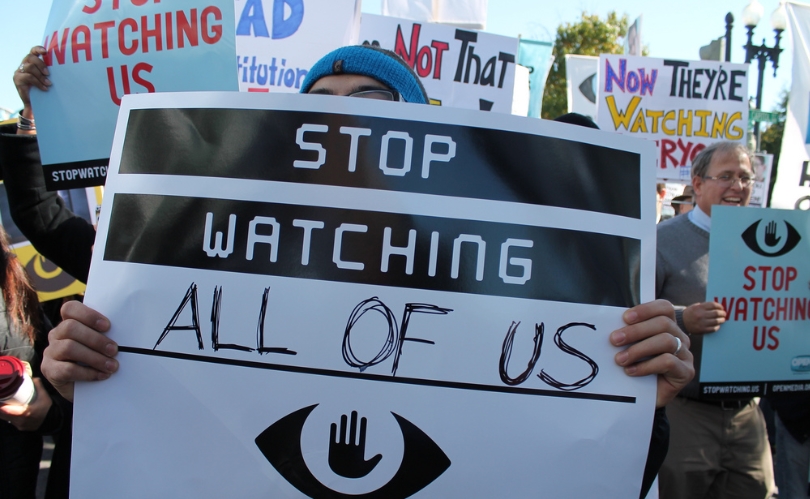Future of American Surveillance
May 3, 2017 | Expert Insights

What is the NSA current authorization?
Following Edwards Snowden’s 2013 exposition of the National Security Agency’s PRISM and UPSTREAM surveillance programs, the government passed the Freedom Act of 2015. With origins in Bush’s Patriot Act of 2001 after the 9/11 attacks, The Uniting and Strengthening America by Fulfilling Rights and Ending Eavesdropping, Dragnet-collection and Online Monitoring Act (USA FREEDOM Act) is a resurrection of previous surveillance policies. The Act is set to limit the collection of telecommunication ‘metadata’ through wiretapping and major internet cables.
However, in 2016 alone, NSA collected more than 151 million records of Americans without warrants. Only 42 warrants for surveillance of suspected terrorists were approved by the Foreign Intelligence Surveillance court, under the Foreign Intelligence Surveillance Act (FISA).
Obama passed Executive Order 12333 to allow metadata collected by intelligence services to be shared across 16 federal agencies, including the FBI, DEA and the Department of Homeland Security. The order passed before President Trump entered office was done to ensure the Executive would police themselves.
What are the provisions of the FISA Amendments Act?
Amendments to FISA would authorize the NSA to collect communication data between foreign suspects and US personnel without case-by-case judicial authorization.
Section 702 of the Act would reauthorize NSA’s PRISM and UPSTREAM programs. The former would gather messaging data from major tech companies like Google, Apple and Facebook while the latter would intercept phone and internet traffic from major internet cables. US citizens have viewed this as a violation of their fundamental Fourth Amendment rights.
Provisions would authorize warrantless extra-territorial surveillance of Non-US persons. The case has been built on evidence supporting the advantages of national surveillance, from interception of weapons movement to recruitment of sympathizer and militants of major terrorist outfits.
How has mass surveillance progressed?
During the Cold War era of deception and suspicion, USA operated the ECHELON surveillance program with the support UKUSA signatories to monitor USSR and the Eastern bloc. ECHELON went on to intercept satellite data with stations located across the globe. These acts were maintained as priority government secrets until Snowden’s release of documents.
Mass surveillance has since evolved beyond democratic and judicial processes. India passed the Information Technology Act which allows unwarranted surveillance of suspected individuals. China and Russia have actively monitored their national internet services. While Canada, Argentina and Greece are relatively less stringent with their surveillance policies, NSA’s interception of satellites would affect the citizens of those countries as well.
Participation of private companies like AT&T and Microsoft reveals the lucrative partnership between private and public entities. Internet users worldwide have condemned mass surveillance programs. Many individuals have responded by living “off the grid” to maintain their freedom and right to privacy.
Assessment:
American surveillance of foreign leaders has raised suspicion on American intentions. Allowing warrantless backdoor searches across American borders would transgress upon national sovereignty and individual rights. Intelligence services ought to identify individuals and offences that require monitoring to ensure legal privileges between clients, informants, witnesses and so on.
Government surveillance has overlooked the implications of trade in arms, drugs and trafficked women and children on the ‘Dark Web.’ Increased surveillance will further encourage such trade without government knowledge. Thus, the protection of civil liberty and national security should take place without violating personal freedoms.








Comments